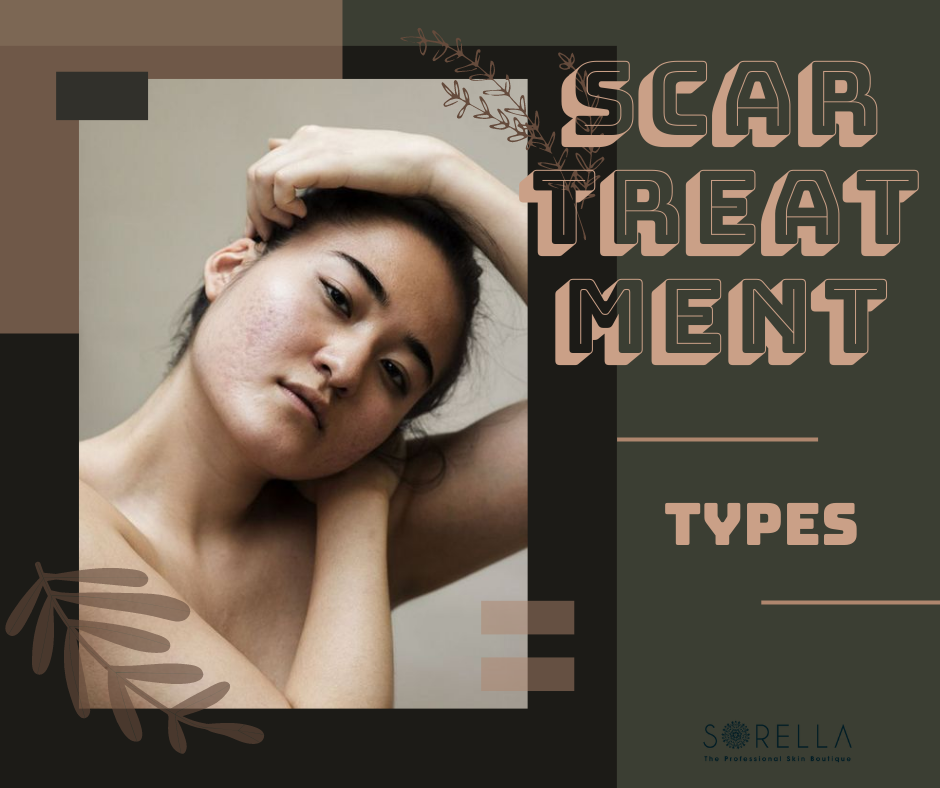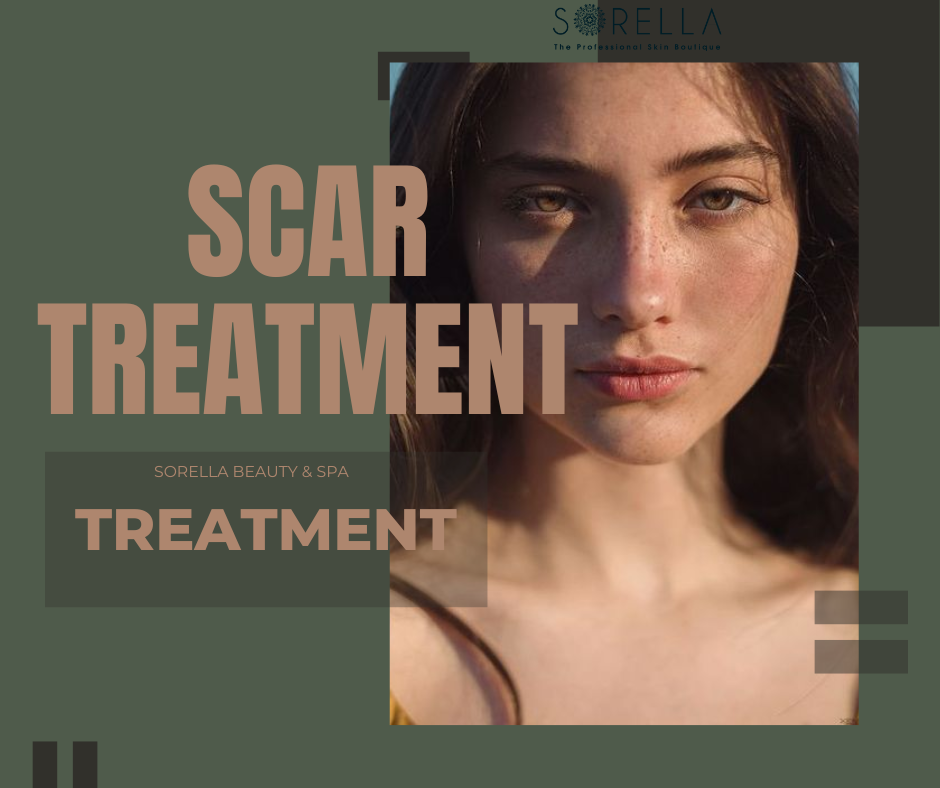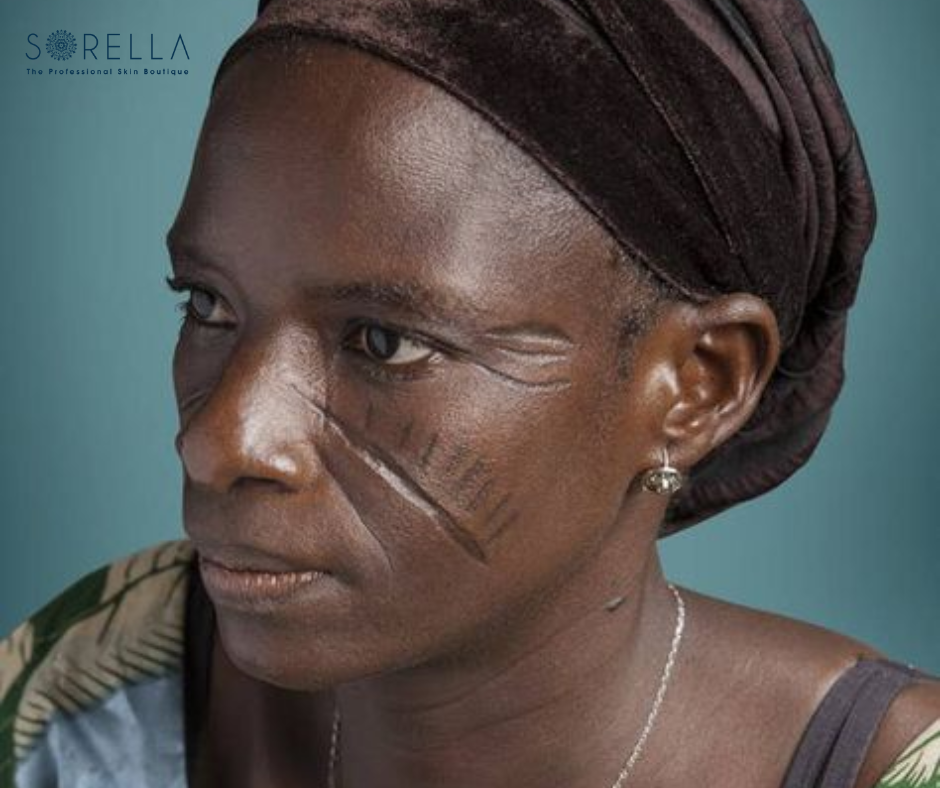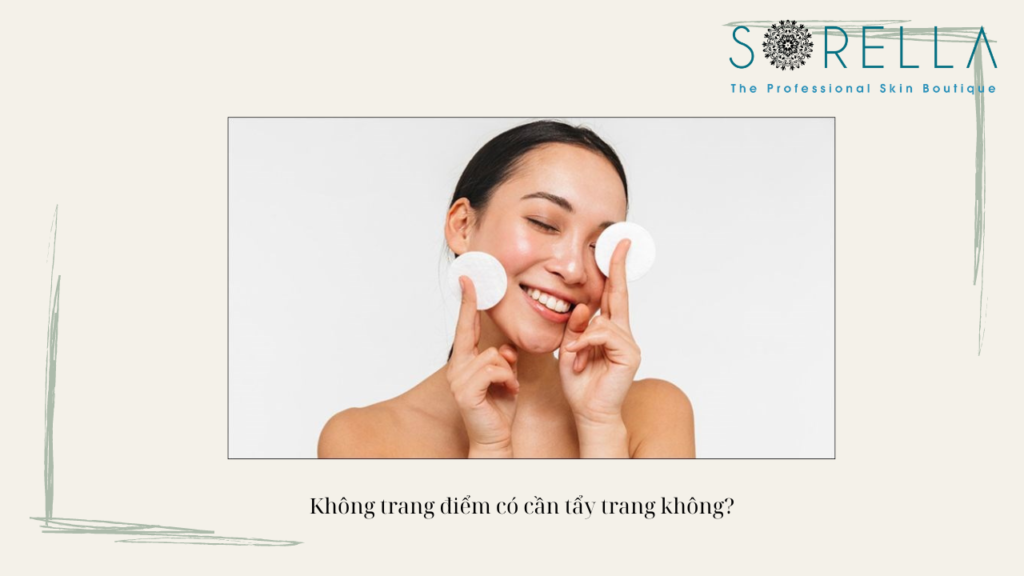Scar treatment – Skin is a huge organ that covers the entire body’s exterior surface. This organ is also extremely fragile; any burn, minor surgery, or surgery can leave scars that will never entirely disappear. With the advancement of modern science and the cosmetic industry, several scar treatment options are available to help reduce the size or modify the look of certain types of scars.
The creation of scars
Scarring is a normal component of the healing process following an event or injury. Scar appearance and treatment are affected by a variety of circumstances, including:
Scar thickness, Wound size, Location, Age, Gene, Gender…
Scar categorization is often used
A scar on your body might be ugly and make you feel insecure. As a result, you should consult a dermatologist for an inspection and diagnosis. This will assist your dermatologist in determining the type of scar you have and recommending the most effective scar therapy. Scars of the following categories are common:

Keloids
Keloids form as a result of a healed wound. Scarring of this sort is especially frequent in those with dark skin. Furthermore, if you have huge keloids on your back and shoulders but don’t remember injuring your skin, you should be cautious. This might be an indication of skin cancer.
As a result, you should consult a dermatologist to establish if this is a typical keloid or skin cancer. Scars can form as a result of skin cancer.
When clothes do not hide the scar, you can lower your risk of skin cancer by consistently applying sunscreen. Always apply a broad-spectrum sunscreen with an SPF of 30 or higher to provide the necessary protection. To lower your chance of acquiring skin cancer, you should also avoid tanning beds.
Scars from shrinkage
This is an indication of severe burn damage. These scars strain the skin, limiting your capacity to move. Scars from contractures can sometimes be deep, harming muscles and nerves.
Hypertrophic scars
These are keloid scars, which are red and look like keloids.
However, hypertrophic scars do not spread beyond the lesion’s borders.
Acne Scarring
Scarring can result from severe acne and inflammation. Acne scars can range from deep pitted scars to angular scars. The type of acne scar you have determines your acne scar treatment options.
To summarize, scars are quite complicated; to be treated safely and successfully, you must notify your doctor about your health state as well as the type of scar you have.
Scar Treatment
Scar treatments will change depending on the type of scar. The sort of treatment that is appropriate for you may also be affected by your age and the amount of time you have had scarring. Here are several scar treatments that work:

Steroid injections are used to treat inflammation.
Injections of corticosteroids are also commonly used to treat keloids and hypertrophic scars. As a result, the dermatologist will directly inject corticosteroids into the scar to:
Reduce the keloid or hypertrophic scar’s size. Reduce itching and pain symptoms Corticosteroid injections have been shown in studies to reduce the size of scars by 50% or more. Most people require more than one therapy to see improvements.
When using corticosteroid injections, you may notice that scarring returns, your skin thins, and black patches form at the injection site.
Smooth the scar with a silicone gel sheet.
According to research, silicone gel sheets are more efficient than silicone ointments in scar repair. These gel sheets are self-adhesive and thin. They should only be used once the wound has healed. To see benefits, you must use a gel sheet every day for several months. Using silicone gel sheets in the same location every day might result in adverse effects such as redness, irritation, and…
Cryotherapy (freezing therapy using liquid nitrogen)
This therapy freezes the scar, gradually eliminating it. For many years, dermatologists have utilized this procedure to minimize the size of keloids and alleviate discomfort, itching, stiffness, and skin discoloration.
Cryotherapy can reduce scar size by 50% or more after just one session. A corticosteroid injection or 5-FU may be used to further minimize the size of the scar.
Scar removal surgery
The dermatological surgeon will cut the scar during this therapy. Scar surgery can help reduce the size of a keloid, boosting your mobility if the scar is impeding it.
Although surgery is extremely beneficial, it is frequently used only when the other therapies indicated above are not accessible. successful. Scars may reappear following surgery.
To avoid this, the surgeon will generally leave an outline of the keloid.
Laser treatment
Laser therapy or pulsed dye laser is beneficial for scar treatment patients. Dermatologists may administer corticosteroid injections or 5-FU into the scar to improve the effectiveness of laser therapy.

Radiotherapy
Radiation treatment has been shown in studies to be beneficial in healing scars such as:
When all previous therapies have failed, reduce keloids by reducing itching and irritation. Reduce the likelihood of scars reappearing following scar surgery. Because of concerns that radiation therapy would cause cancer years later, very few individuals get it. Dark patches, itching red skin, and swelling are all possible adverse effects of this surgery.
Scars create a loss of aesthetics, causing patients to lose confidence in conversing and doing many typical tasks immediately. To treat scars, an in-depth examination is required, as is determining the kind of scar and considering relevant treatment options to guarantee optimal safety.
In the journey towards achieving smooth and confident skin, addressing scars stands as an indispensable chapter. Through the comprehensive guide “Scar Treatment: 4 Scar Types and Treatment Methods,” we embarked on a visual expedition to comprehend four distinct scar types and their efficacious treatment methodologies. From daily skincare diligence to advanced therapeutic approaches, we have established that no scar is insurmountable.
As a result of diligently disseminating meticulous insights, it is fervently hoped that you have discovered a compass for navigating your personal scar management odyssey. Never squander the opportunity to reclaim the skin you aspire to and exude confidence in your innate allure. Remember, patience and assiduity often yield remarkable transformations.
We earnestly trust that this article has imparted both the requisite knowledge and the emboldening impetus to confront scars with a sanguine outlook. Cherish and nurture your skin, for each scar encapsulates a unique narrative, and you unequivocally deserve a tale resplendent with assurance and self-esteem.
Tư vấn chuyên môn bài viết:
TS.BÁC SĨ NGUYỄN HỮU QUANG
Here are the articles that Sorella shares about beauty knowledge you can refer to:
Surgical vs. Non-Surgical Facial Rejuvenation Procedures 2023
Causes and 2 Ways to Cure Back and Body Acne
Massage Therapy: All You Need to Know in 2023
12 Things You Should Know About Laser Hair Removal Before Getting It
A Step-by-Step Guide to Eyelash Extensions 2023
Inflammatory Acne: Symptoms, Types, Causes, and 3 ways to Treatment
- Không trang điểm có cần tẩy trang không? 5 tác hại của việc không tẩy trang
- 101 từ vựng tiếng Anh chuyên ngành nha khoa
- Tướng số của người sở hữu trán chữ M như thế nào? 1 số cách làm đẹp phù hợp với kiểu trán chữ M
- Râu rồng và 6 cách để loại bỏ râu rồng
- Top 6 cách se khít lỗ chân lông da mặt hiệu quả, nhanh chóng


 中文 (中国)
中文 (中国) 한국어
한국어 English
English




